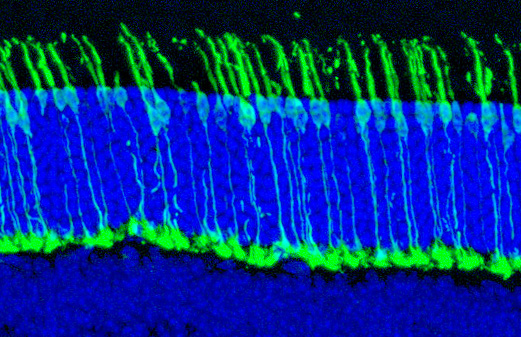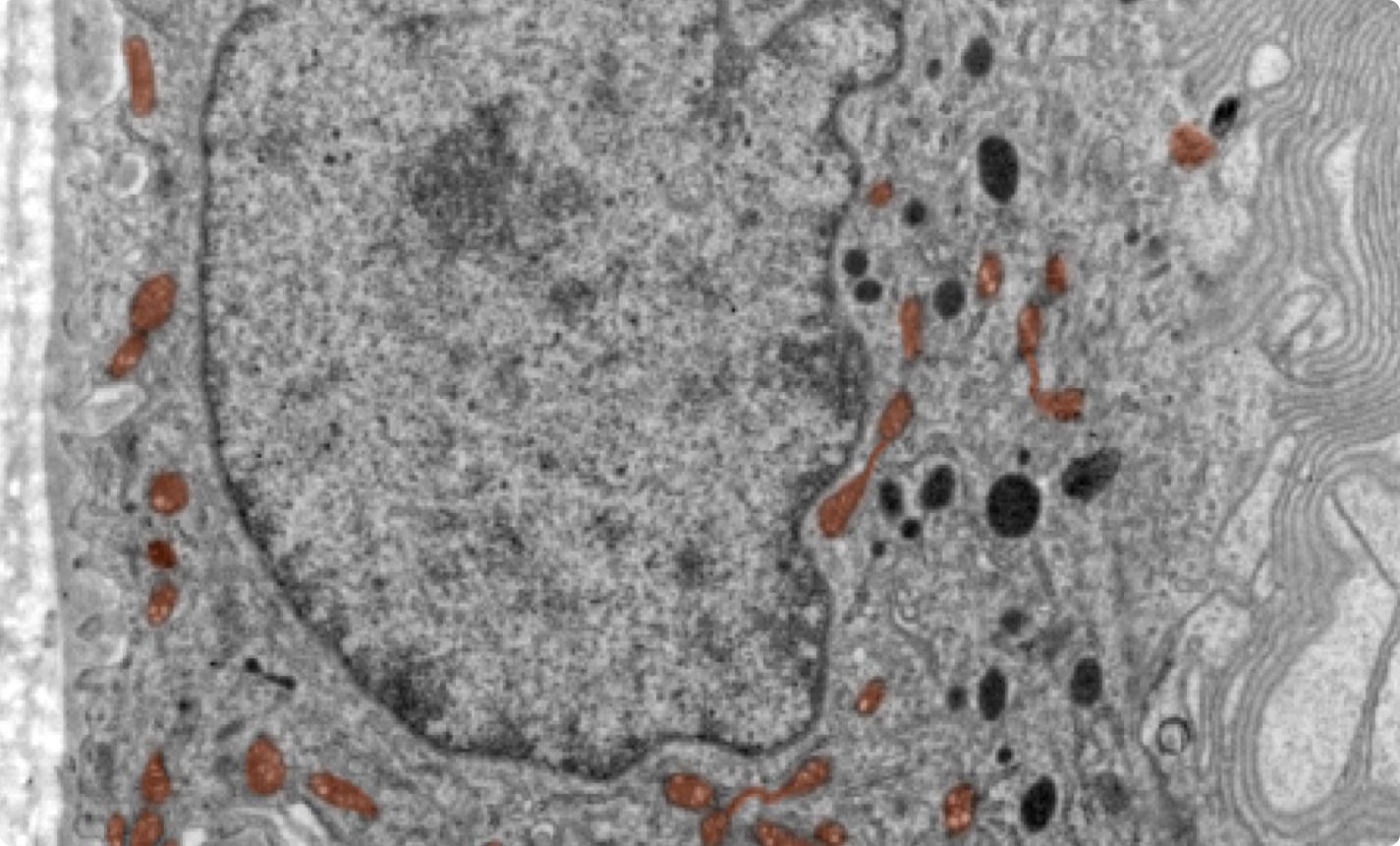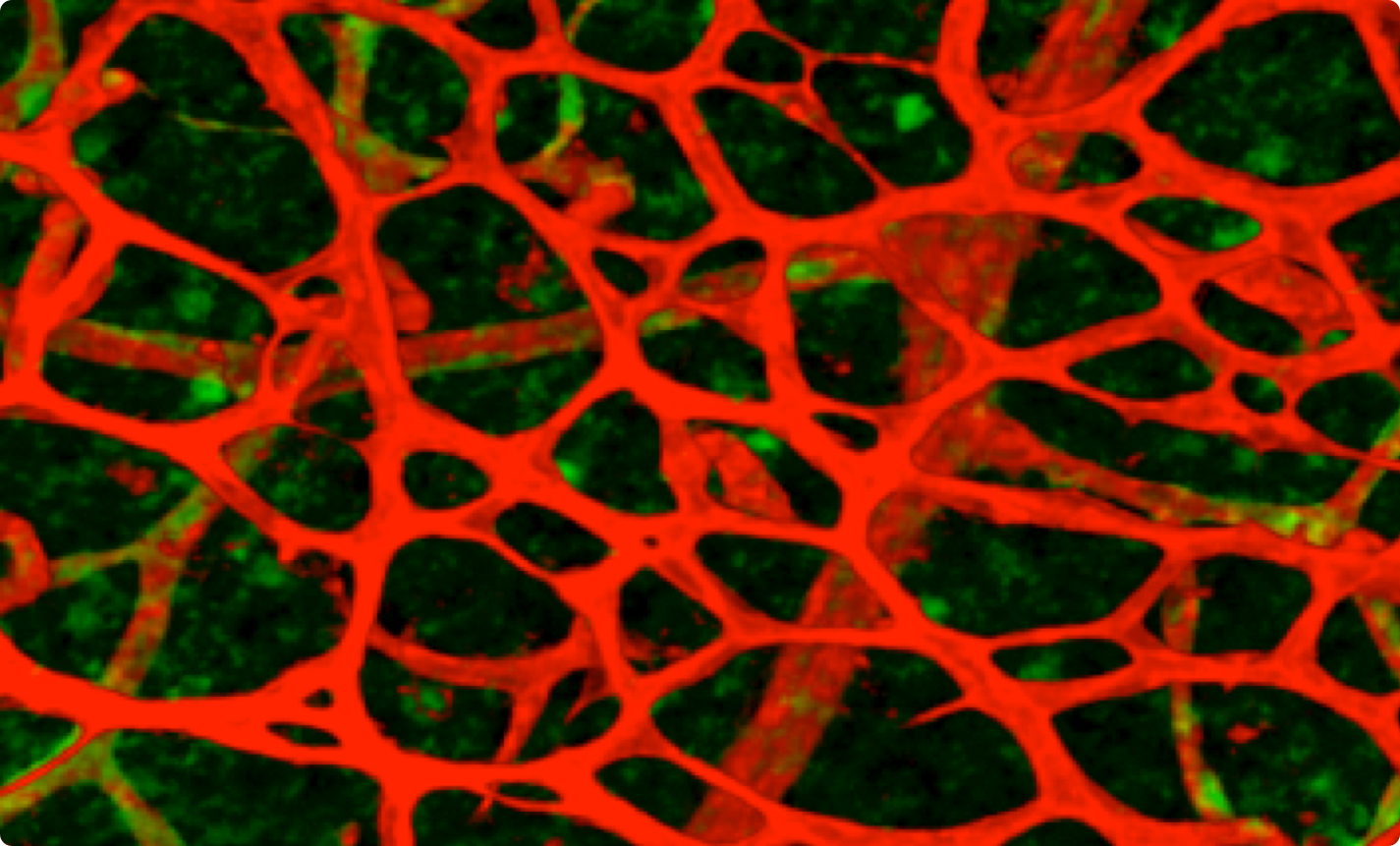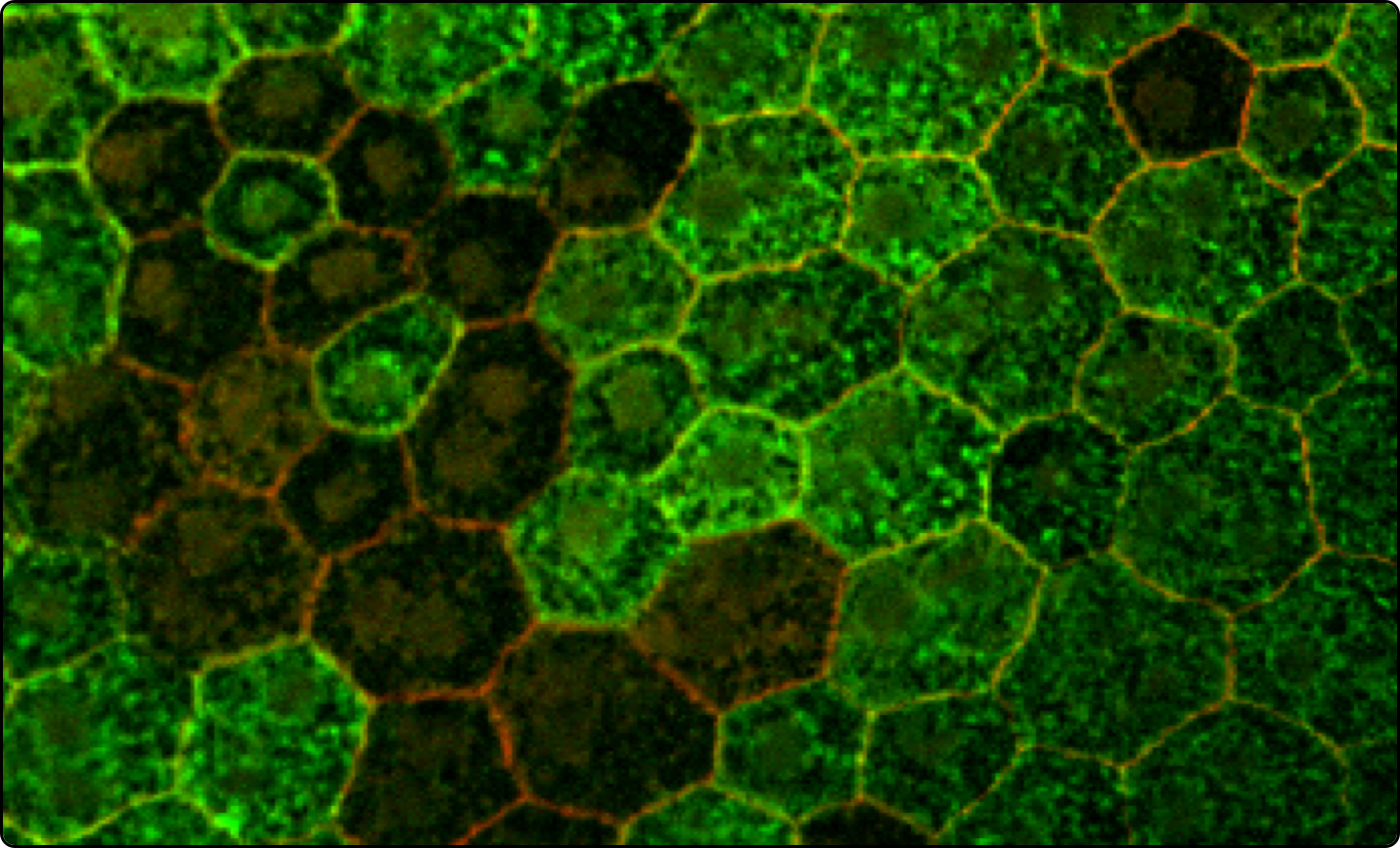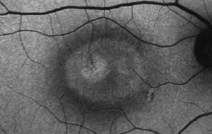The Value of Basic and Translational Research
 Basic research is the foundation of medical discovery. Through it, we learn key information about the fundamental biological, molecular, and chemical processes of life.
Basic research is the foundation of medical discovery. Through it, we learn key information about the fundamental biological, molecular, and chemical processes of life.
Translational research is the process of taking a discovery from the laboratory into the clinic, where it can ultimately help people. Often referred to as “bench to bedside” research, it encompasses several stages. These include testing hypotheses using disease models in the laboratory, bringing new therapies to the clinic to determine their effectiveness in patients, and evaluating if new therapies lead to improved public health.
The mission of the Lowy Medical Research Institute is to improve the lives of people affected by MacTel by developing new therapies to treat or cure MacTel. Realizing that mission requires us to engage in both basic and translational research. LMRI supports basic research to learn more about the fundamental biology behind changes that occur in a MacTel eye. LMRI also supports translational research, from preclinical studies to clinical trials.
At the Lowy Medical Research Institute, basic and translational research are tightly interconnected. All of the basic science LMRI supports is directly related to MacTel. The LMRI researchers who do basic research also have ongoing translational research projects. Open lines of communication between scientists and clinicians speed the pace of discovery and translation to the clinic.
The LMRI research program is designed to help people with MacTel. However, its discoveries will reach beyond the MacTel community. The basic research program contributes to the fundamental knowledge of the eye, and could lead to new therapies or new ways of thinking about other forms of vision disease.

